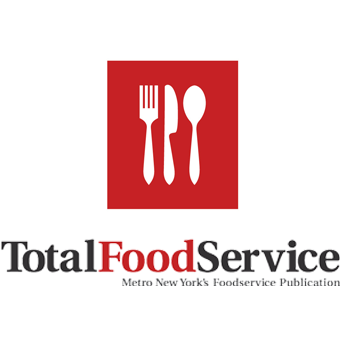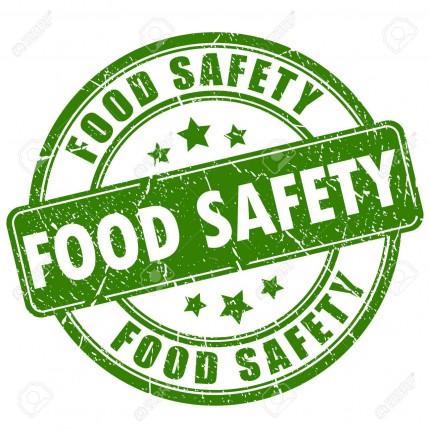In today’s highly regulated and potentially litigious society, small and large operators need to take every reasonable precaution possible to protect their business reputation and the health and well-being of their customers.
Over the past decades, both national and local governments have implemented or upgraded extensive rules regarding the processing and handling of food products. These rules continue to be expanded over time and their enforcement has increased. Increased scientific research, the quest for governmental income, and potential governmental liability has also increased the ease and desire to insure compliance.
Your customers and clients need to count on food bearing the appropriate safety and quality standards, and operators need to insure that their suppliers meet the various governmental requirements- and can provide adequate documentation confirming this compliance. How can you be confident that your suppliers are insuring the appropriate level of safety and food quality? Your due diligence should include receipt of necessary supporting documentation, but can often be supplemented by actual plant visits to provide appropriate reassurance that a food facility has the appearance and methodology that is required.
However, mere compliance with a particular municipality’s health department standards, or the requirements found in the recently enacted Food Safety and modernization Act, is just the bare minimum required. Like everything else in today’s hyper-competitive world, in order to thrive and survive, customers must exceed the lowest threshold under the law.
To this end, what additional quality assurances can your customer count on? And how are your representations verified? One common way for your customers to gain assurance is with third party verification. There are a variety of outside companies that perform food safety and food quality audits. Many larger national companies now require this documentation as a condition of doing business with food suppliers. It is highly possible that over the coming years, companies could be expected to provide these certifications in order to insure commercial insurance coverage or be eligible for certain governmental programs. And within each outside audit program, there are multiple levels of compliance/excellence.
From a vendor perspective the cost of compliance can be significant. Trained personnel are usually required to provide the appropriate documentation and to implement the necessary processes. There is often an extended learning curve for companies to get employees trained and to reinforce the necessary employment culture that prioritizes these processes.
Then there is the level of documentation and/or process. If a vendor is certified by third party audit, what level certification is available? The minimum level could seem to be enough to “get by”; vendors with supplemental documentation not only provides additional assurances for customers, but actually can become a point of differentiation in the marketplace.
On many occasions, employees or companies could be tempted to “short cut” the food safety or food quality process by “just doing” most of the right things without all of the formality to consistently execute the paperwork behind it. One supplier told us many years ago, “if it’s not written, it’s not done.” Or it might be tempting to rely on a long term supplier’s “word” or track record in supplying product.
Unfortunately, all the good will in the world will not replace essential documentation and formal process in the event of an issue. And that track record will be an inadequate defense to any governmental or legal body.
With all of the busy days that we all have, it’s easy not to prioritize this issue. But an ounce of prevention is worth a pound of cure. Be proactive and be confident in your food safety and quality.
Source: Total Food Service, story by Jonathan White, Wbite Coffee







Comments on this entry are closed.